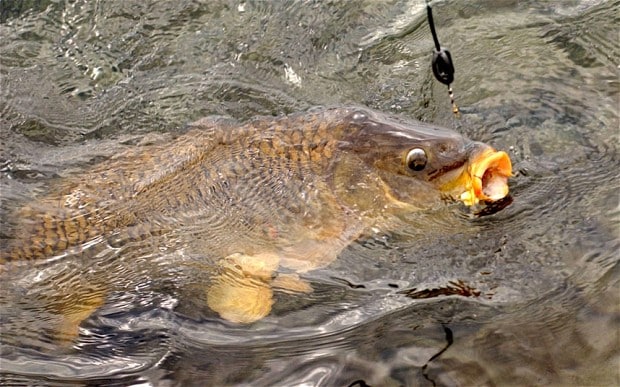- Reaction score
- 1,677
A study has found that, even when caught on a hook and wriggling, the fish is impervious to pain because it does not have the necessary brain power.
The research, conducted by a team of seven scientists and published in the journal Fish and Fisheries, concluded that the fish' reaction to being hooked is in fact just an unconscious reaction, rather than a response to pain.
Fish have already been found to have nociceptors - sensory receptors that in humans respond to potentially damaging stimuli by sending signals to the brain, allowing them to feel pain.
However, the latest research concluded that the mere presence of the receptors did not mean the animals felt pain, but only triggered a unconscious reaction to the threat.

 www.telegraph.co.uk
www.telegraph.co.uk
The research, conducted by a team of seven scientists and published in the journal Fish and Fisheries, concluded that the fish' reaction to being hooked is in fact just an unconscious reaction, rather than a response to pain.
Fish have already been found to have nociceptors - sensory receptors that in humans respond to potentially damaging stimuli by sending signals to the brain, allowing them to feel pain.
However, the latest research concluded that the mere presence of the receptors did not mean the animals felt pain, but only triggered a unconscious reaction to the threat.

Fish cannot feel pain say scientists
For years a row has raged over whether angling is a cruel sport, and now researchers have waded into the debate by claiming that fish cannot feel pain.
Last edited by a moderator:



